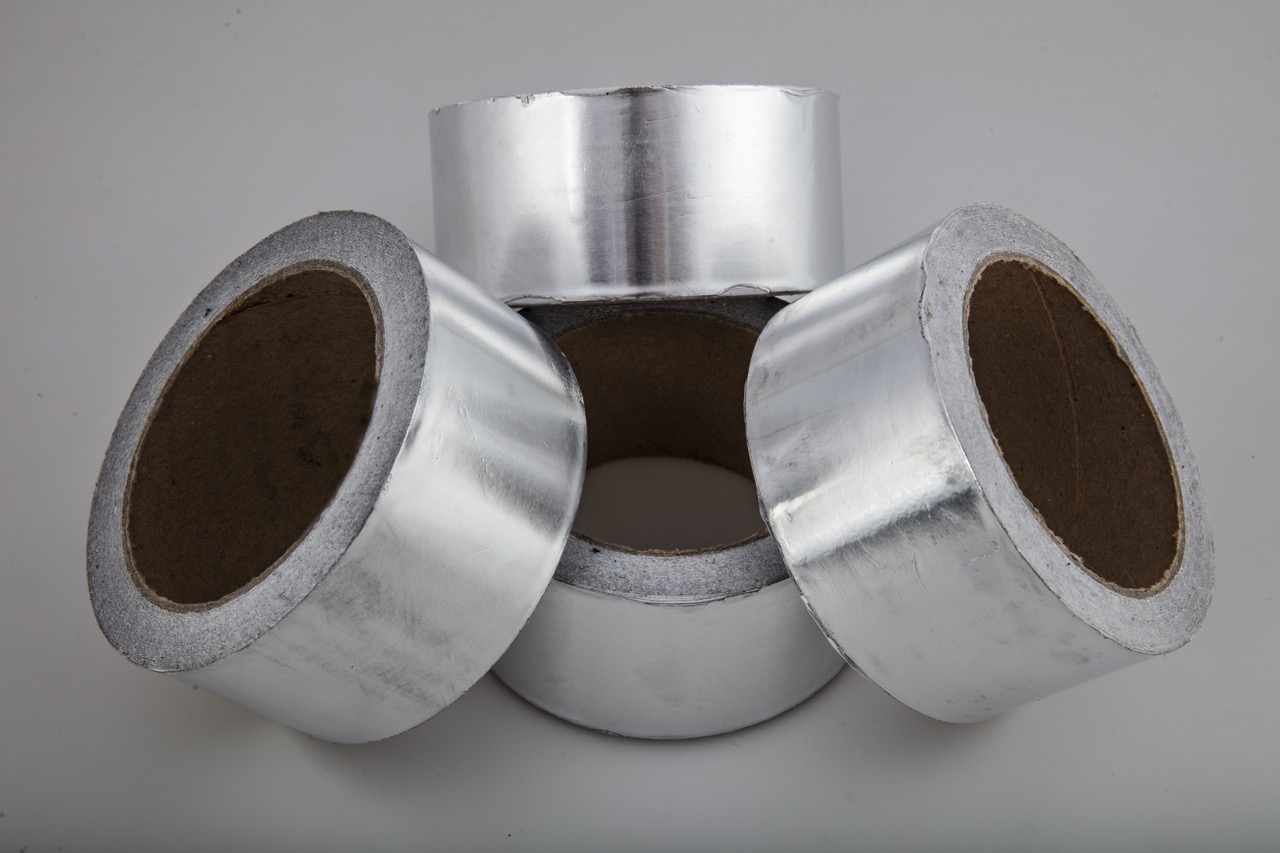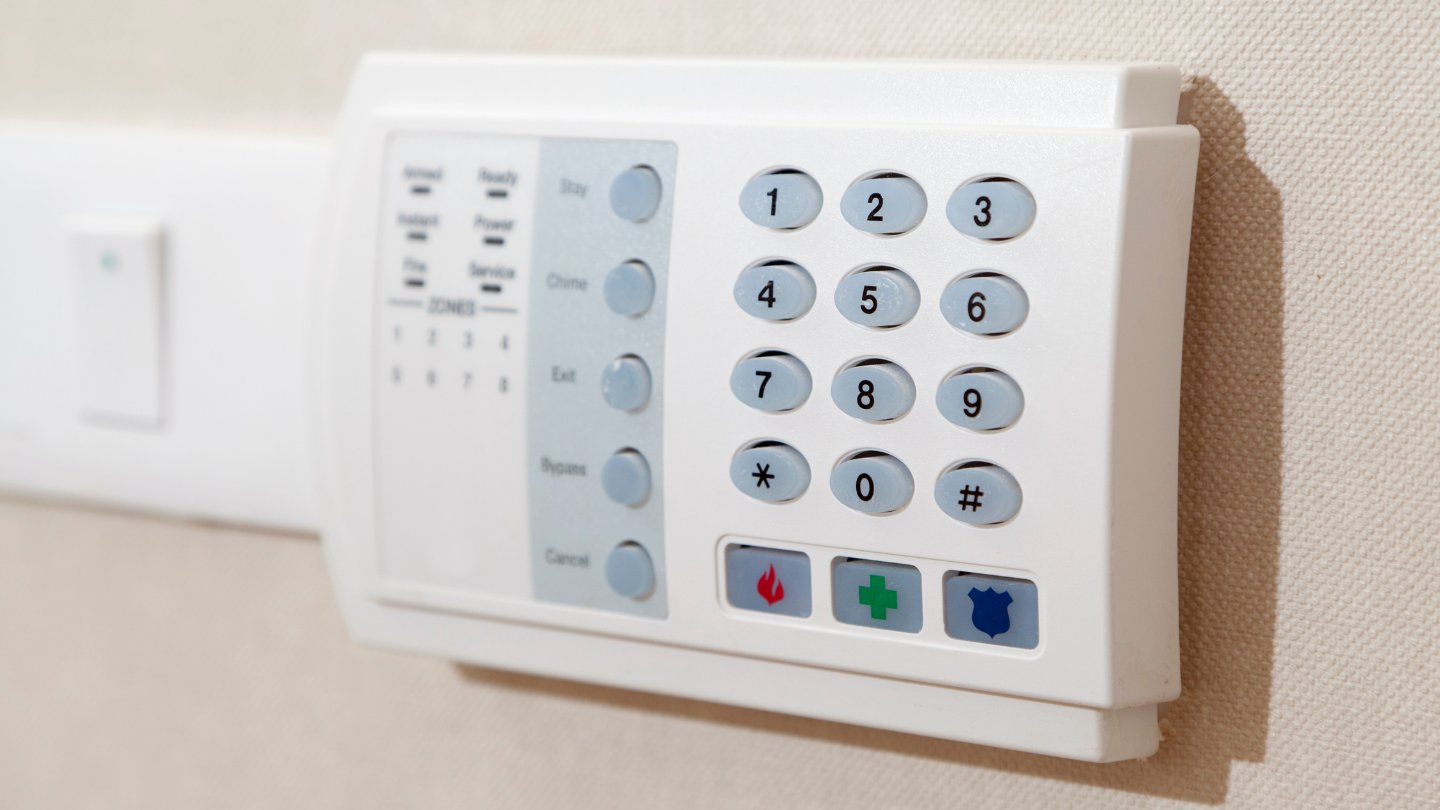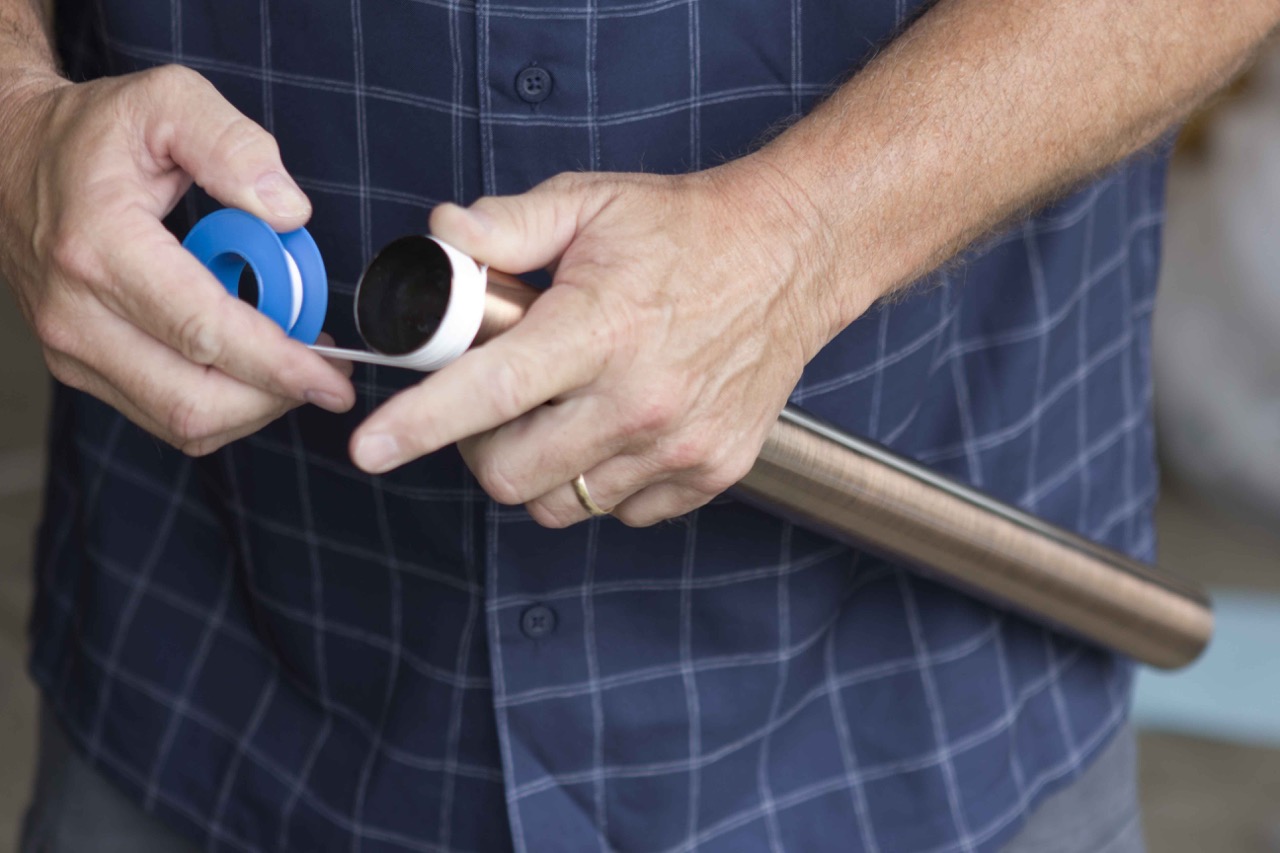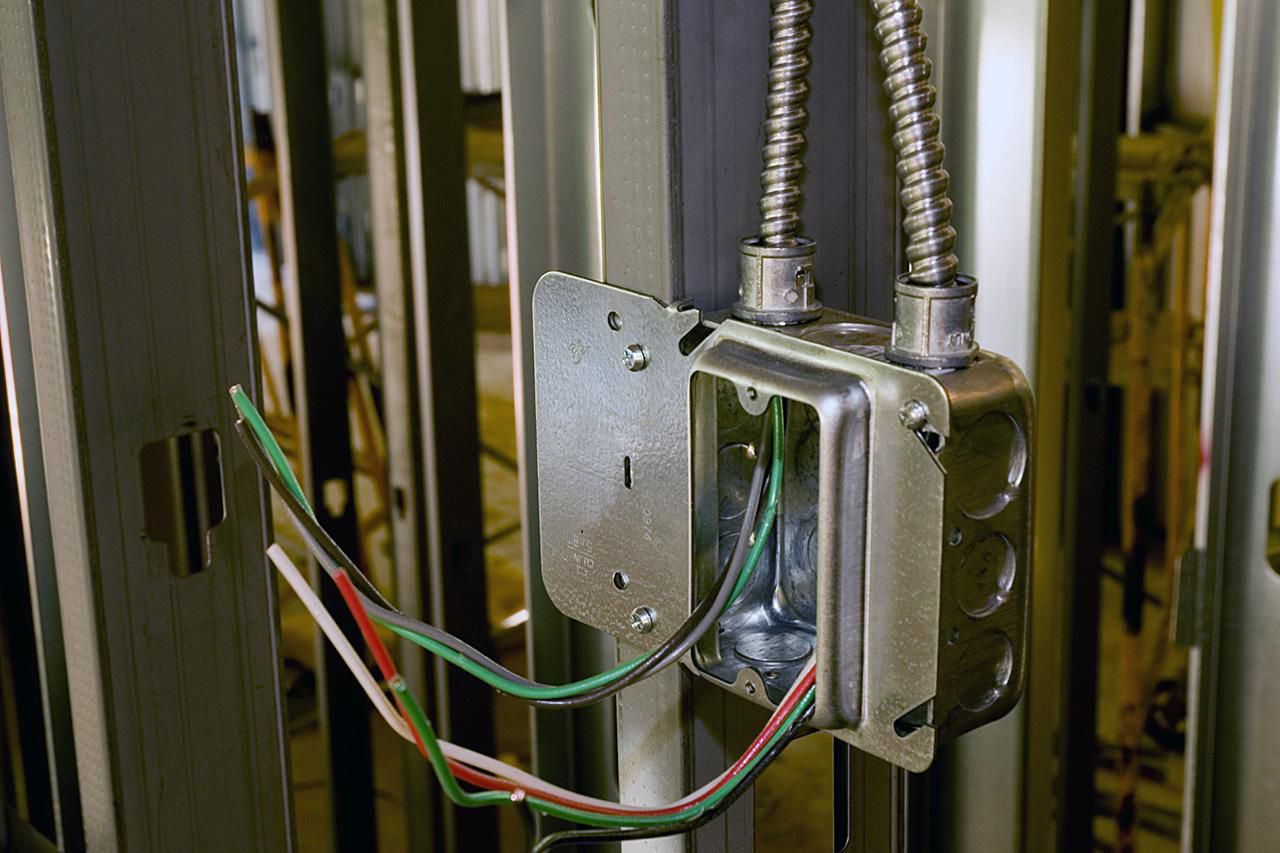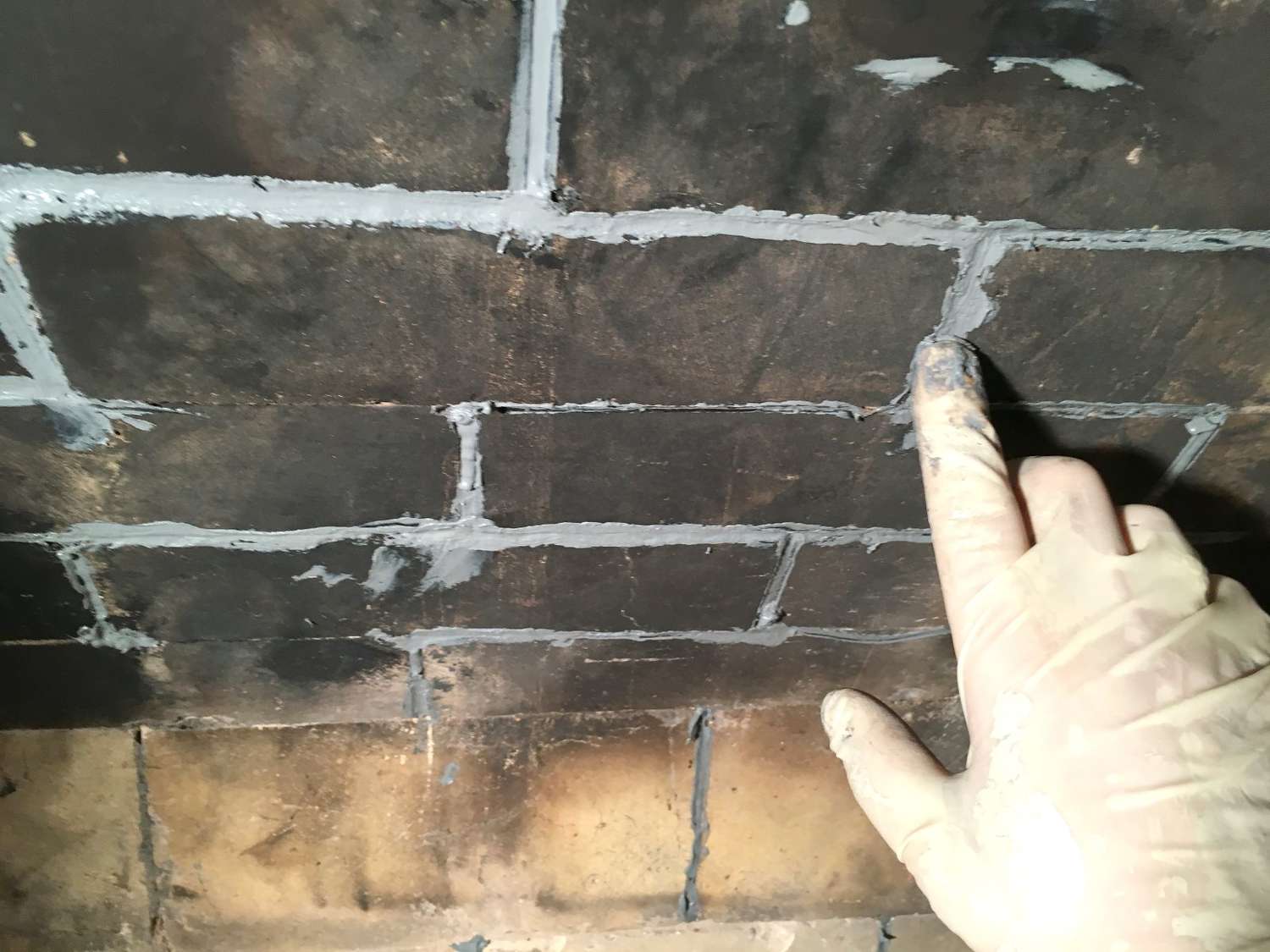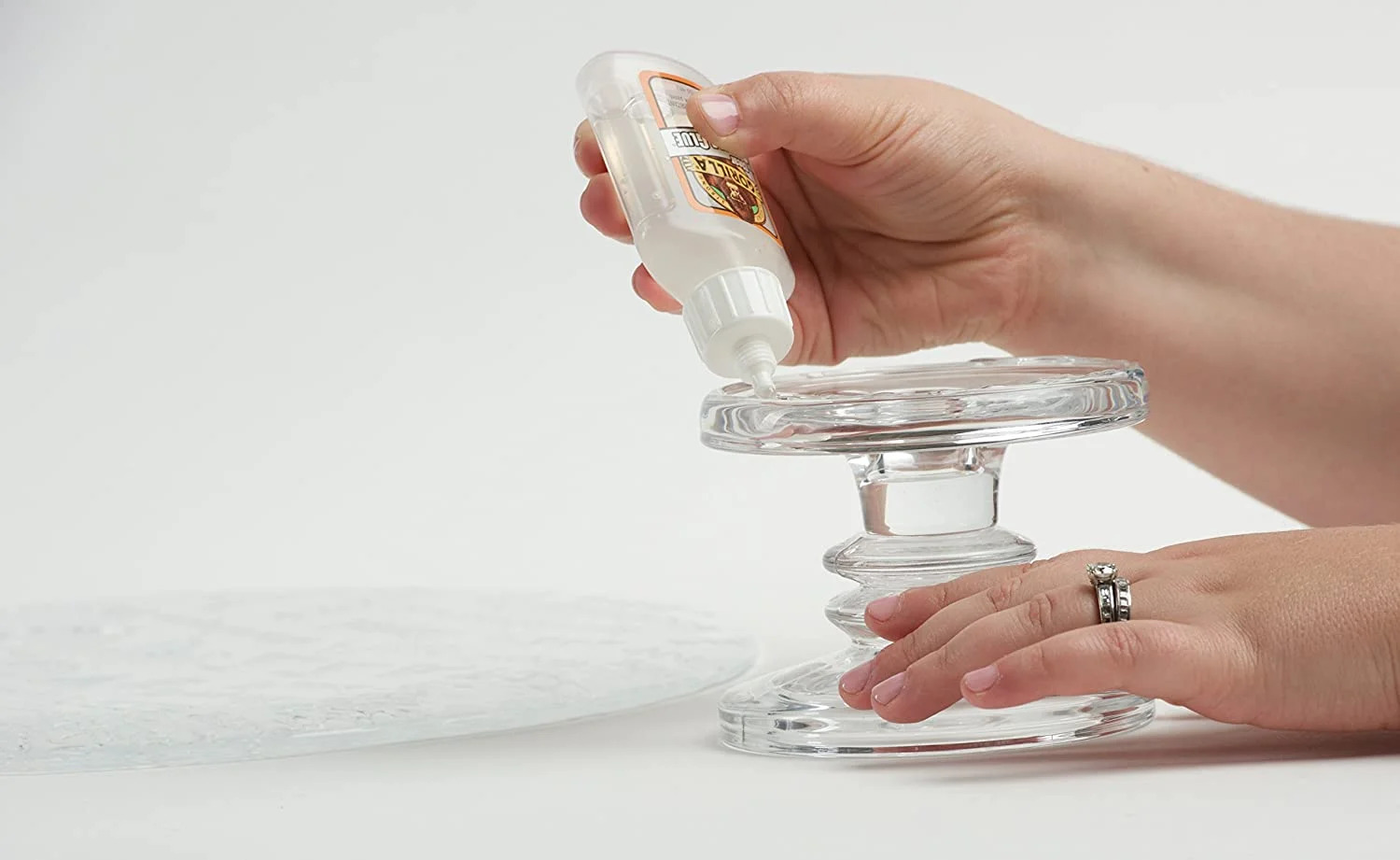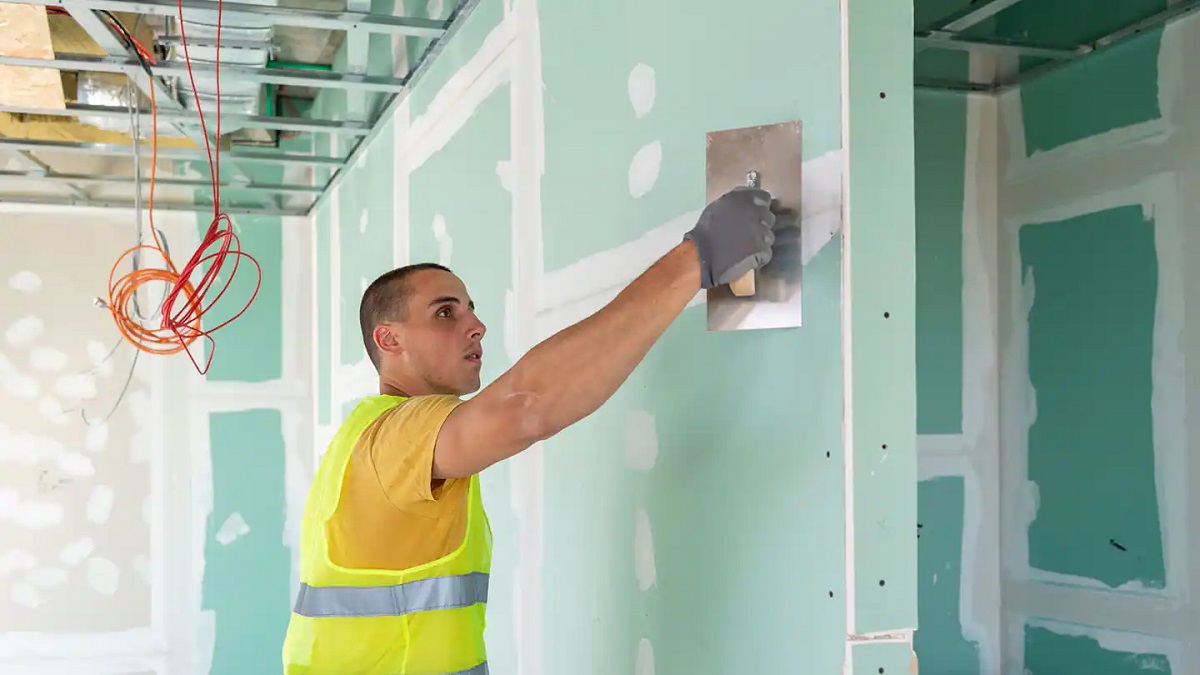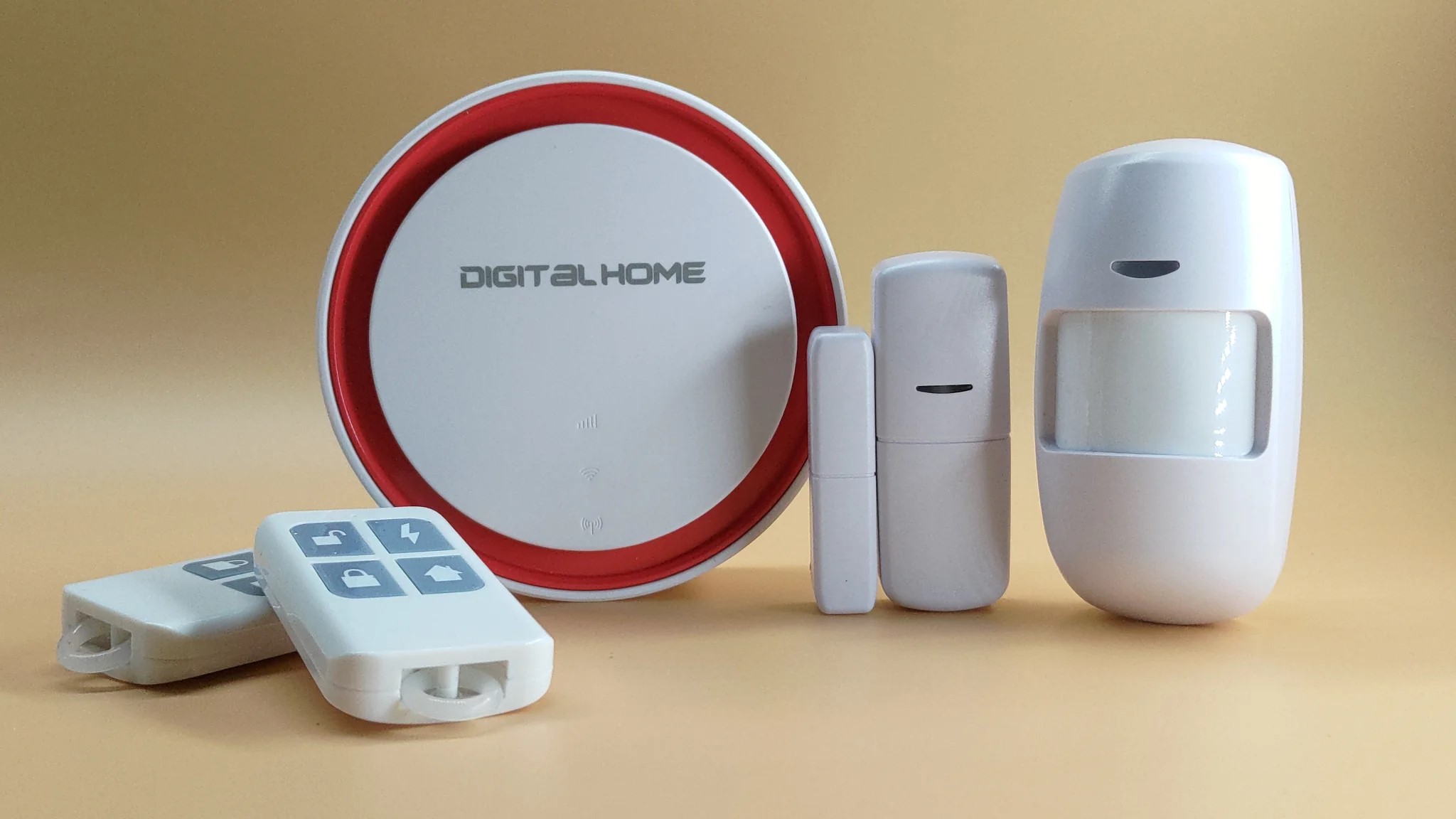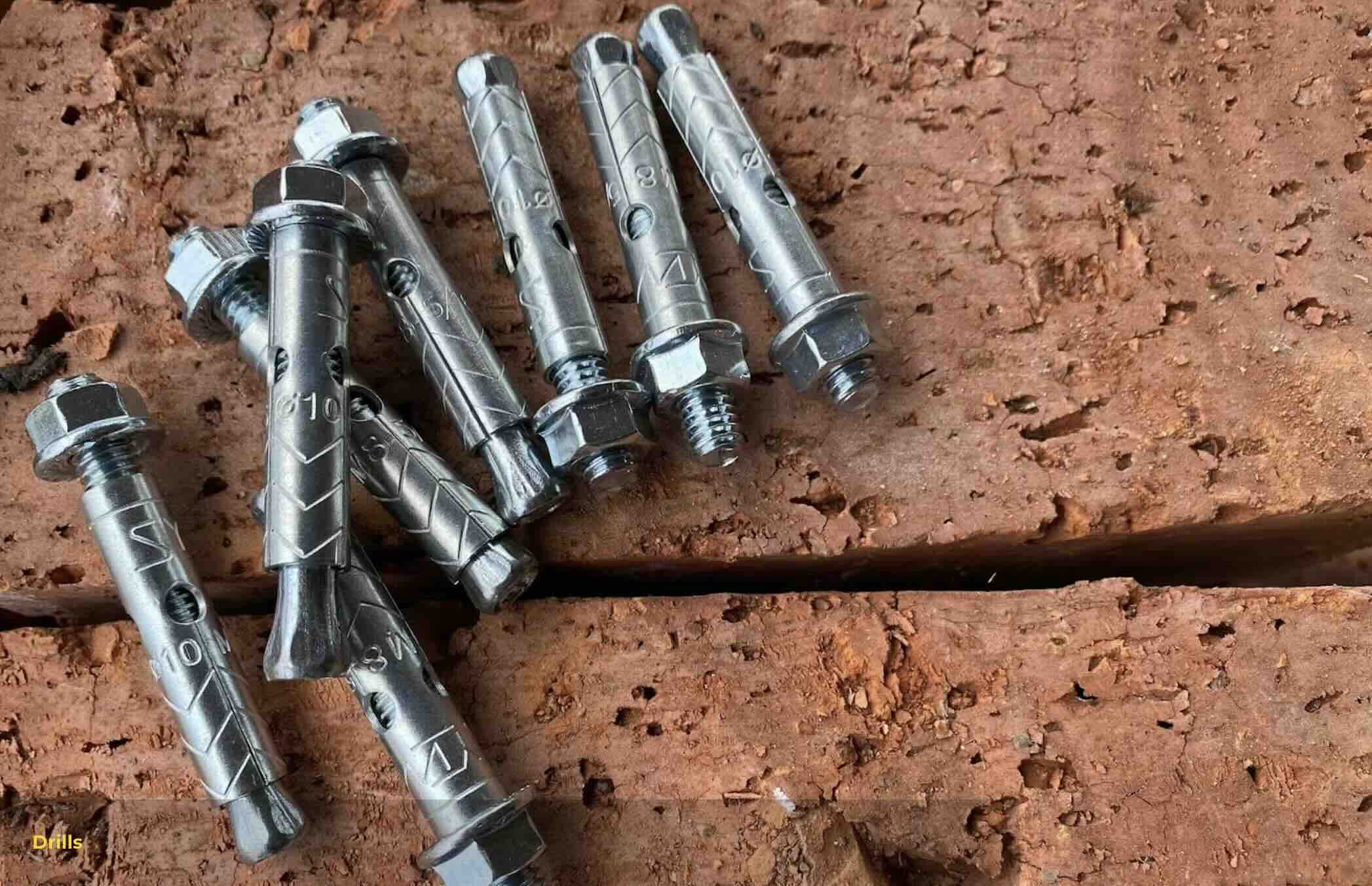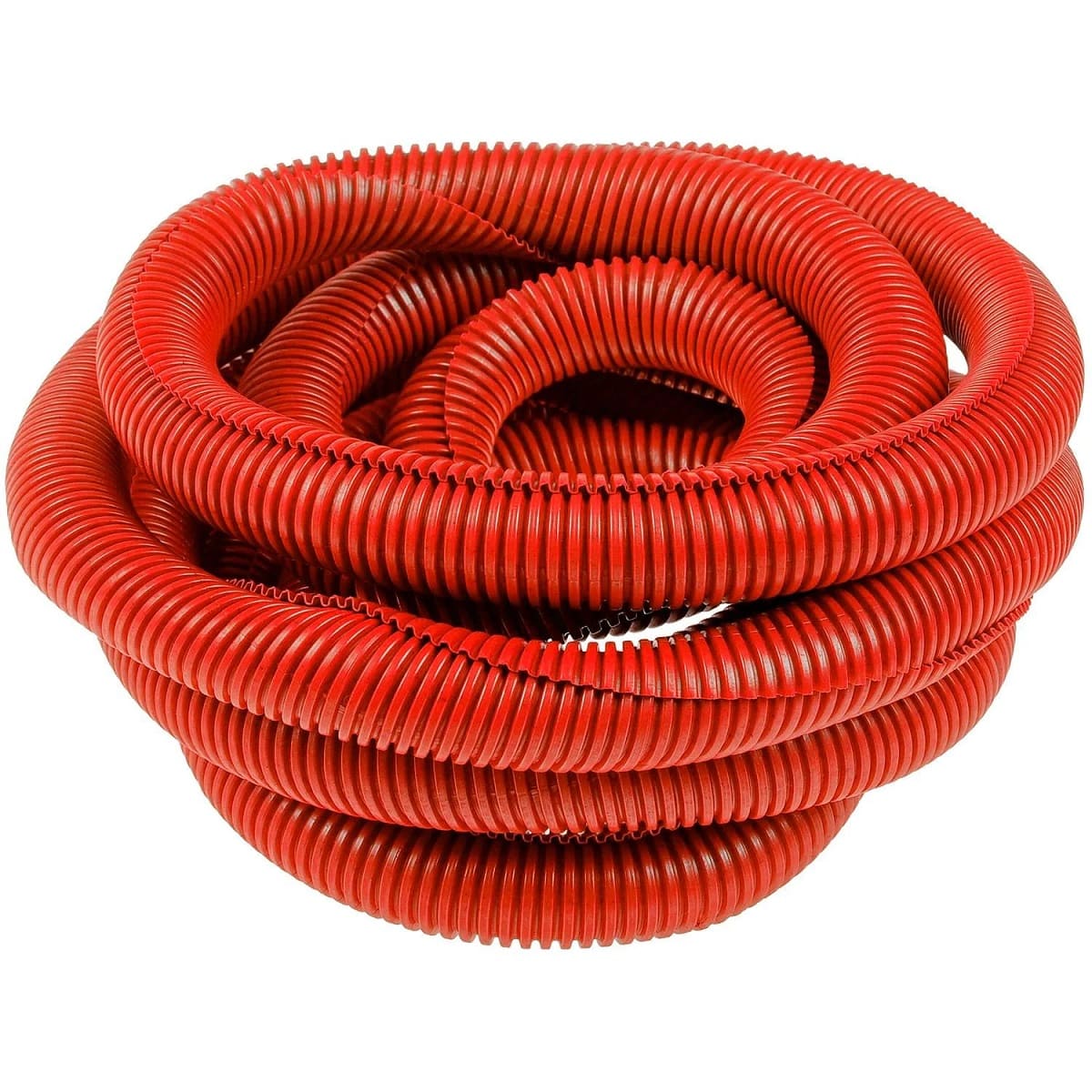Home>Home Security and Surveillance>What Kind Of Tape Is Used For Alarm Systems
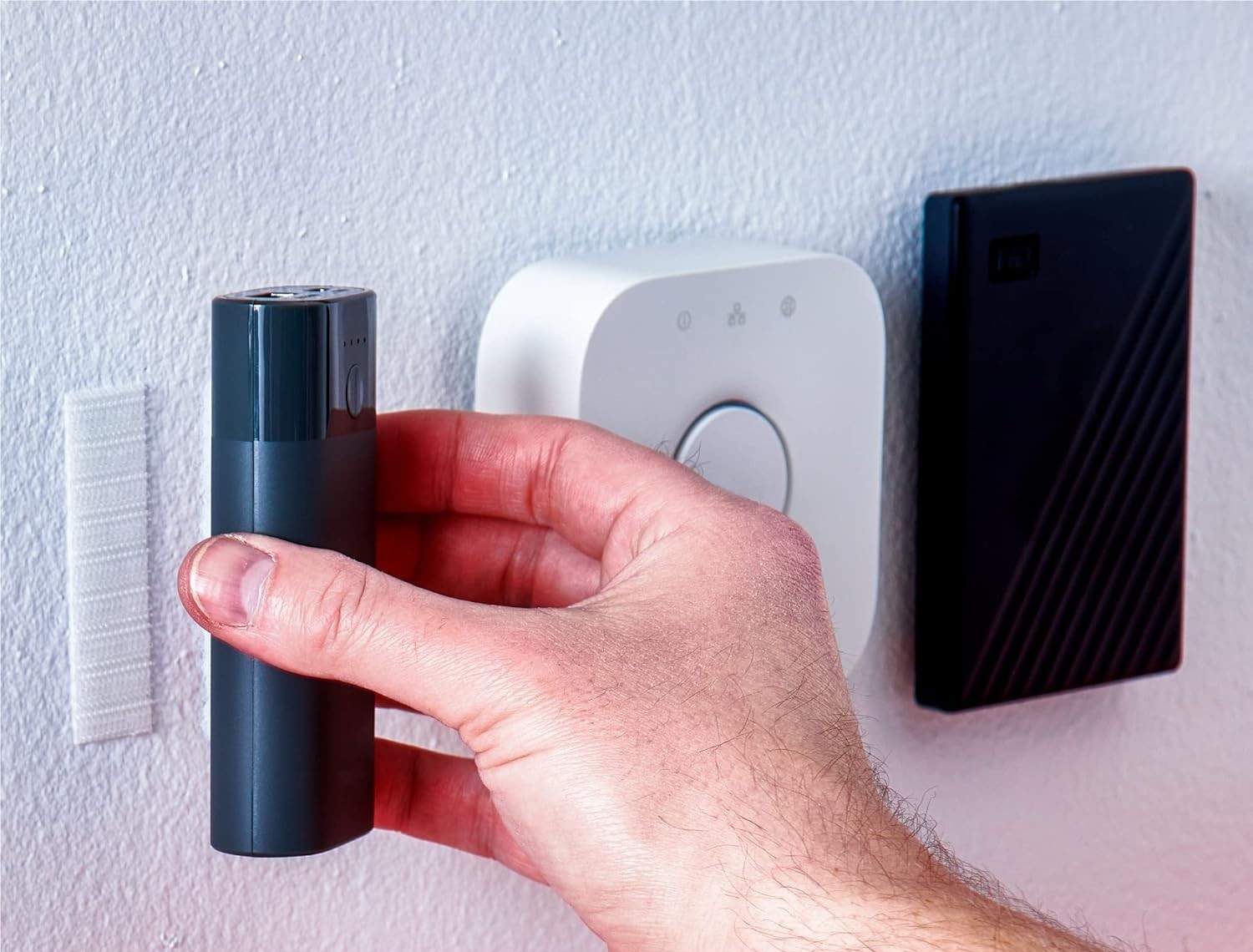

Home Security and Surveillance
What Kind Of Tape Is Used For Alarm Systems
Modified: March 6, 2024
Looking for the right tape for your home security and surveillance alarm systems? Discover the best options and find peace of mind with our expert guide.
(Many of the links in this article redirect to a specific reviewed product. Your purchase of these products through affiliate links helps to generate commission for Storables.com, at no extra cost. Learn more)
Introduction
Welcome to our comprehensive guide on home security and surveillance! In today’s world, ensuring the safety and protection of our homes has become of utmost importance. With advancements in technology, there are various alarm systems available in the market that help us achieve this goal.
An alarm system is a vital component of any home security setup. It acts as a deterrent to potential intruders and provides homeowners with peace of mind. While alarm systems are undoubtedly effective, it is essential to understand the various components that make them work seamlessly. One such crucial component is the tape used in alarm systems.
In this article, we will explore the importance of tape in alarm systems, the key features to consider when choosing the right tape, and the different types of tape available. We will also provide some best practices for using alarm system tape effectively to ensure the optimal performance of your security system.
Whether you are a homeowner looking to enhance your home security or a professional in the industry, this guide will equip you with the knowledge and insights you need to make informed decisions about alarm system tape.
So, without further ado, let us delve into the exciting realm of alarm systems and explore the role that tape plays in keeping our homes safe and secure.
Key Takeaways:
- Choosing the right tape for your alarm system is crucial. Look for strong adhesive, durability, and tamper-evident features to ensure your sensors are securely attached and protected from tampering.
- Follow best practices for using alarm system tape, including proper surface preparation, secure sensor placement, and regular maintenance. This will help ensure the longevity and effectiveness of your home security system.
Read more: What Kind Of Tape To Use On A Dryer Vent
Understanding Alarm Systems
Before we dive into the specifics of alarm system tape, it is important to have a clear understanding of how alarm systems work. An alarm system is designed to detect and alert homeowners of potential intrusions or security breaches in their homes. It is a combination of various components, including sensors, control panels, and communication devices.
The sensors are strategically placed around the house and are responsible for detecting any unauthorized entry or suspicious activity. These sensors can be in the form of door and window sensors, motion detectors, glass break detectors, or even smoke and carbon monoxide detectors. Once the sensors are triggered, they send a signal to the control panel.
The control panel is the brain of the alarm system. It receives signals from the sensors and processes them to determine whether an alarm should be triggered. It also communicates with the monitoring station or sends alerts directly to the homeowner, depending on the type of system.
In addition to the sensors and control panel, alarm systems may also include other components such as keypads, sirens, cameras, and remote monitoring capabilities. These additional features enhance the overall security of the system and provide homeowners with more control and visibility over their homes.
Alarm systems can be either wired or wireless. Wired systems require physical connections between the various components, while wireless systems use radio frequency signals to communicate. Wireless systems offer more flexibility in terms of installation and can be easily expanded or modified.
Now that we have a basic understanding of how alarm systems work, let’s explore the significance of tape in the context of these security systems.
Importance of Tape in Alarm Systems
Tape might not be the first thing that comes to mind when thinking about alarm systems, but it plays a crucial role in ensuring the effectiveness and reliability of these security systems. The use of tape in alarm systems serves multiple purposes, ranging from securing the sensors to providing aesthetic camouflage for the wiring.
One of the primary functions of tape in alarm systems is to secure the sensors in their designated positions. The sensors need to be firmly attached to the doors, windows, walls, or other surfaces they are monitoring to accurately detect any unauthorized entry or movement. Alarm system tape provides a strong and durable adhesive solution that can withstand the elements and prevent the sensors from getting accidentally or intentionally dislocated.
Another important aspect of tape in alarm systems is its ability to conceal and protect the wiring. Alarm systems typically require wiring to connect the various components, such as the sensors, control panel, and sirens. These wires need to be concealed to prevent tampering or accidental damage. Alarm system tape allows for the neat and discreet routing of wires, ensuring a professional and aesthetically pleasing installation.
Furthermore, alarm system tape helps to prevent false alarms. False alarms can be a costly nuisance and can lead to fines, wasted time for emergency responders, and even a loss of credibility for the homeowner. By properly securing the sensors with tape, the chances of them becoming misaligned or triggering false alarms due to minor movements or vibrations are significantly reduced.
Additionally, alarm system tape can provide an added layer of protection against tampering or sabotage attempts. Some tapes are designed with tamper-evident features, making it easier to detect if someone has attempted to remove or tamper with the sensors or wiring. This can help deter potential intruders and provide homeowners with increased peace of mind.
Overall, the use of tape in alarm systems is essential for ensuring the proper functioning and reliability of the system. It helps secure the sensors, conceal and protect the wiring, prevent false alarms, and add an extra level of security against tampering. With the right tape, homeowners can have confidence in the effectiveness of their alarm system to protect their homes and loved ones.
Key Features of Alarm System Tape
When choosing tape for alarm systems, it is important to consider certain key features to ensure optimal performance and reliability. Here are some essential features to look for in alarm system tape:
- Strong Adhesive: The tape should have a strong adhesive backing to securely attach the sensors to the desired surfaces. The adhesive should be able to withstand varying temperatures, humidity levels, and potential vibrations.
- Durable: Alarm system tape needs to be durable and long-lasting. It should be able to withstand exposure to sunlight, moisture, and other environmental factors without deteriorating or losing its adhesive strength.
- Tamper-Evident: Opt for tape with tamper-evident features if you want to enhance the security of your alarm system. Tamper-evident tape will show signs of tampering if someone attempts to remove or tamper with the sensors or wiring.
- Concealability: The tape should allow for the neat and discreet routing of wires, ensuring a clean and professional installation. It should easily blend in or complement the surrounding surfaces to minimize the visual impact.
- Easy to Remove: In the event that you need to reposition or remove the sensors, it is important to choose tape that can be easily removed without leaving a residue or damaging the surfaces it was attached to.
- Compatibility: Ensure that the tape is compatible with the materials of the surfaces you will be attaching the sensors to. Some tapes may not adhere well to certain surfaces or may cause damage if not used correctly.
- Labeling Capability: Consider using tape that allows you to label the sensors or wiring. This can be helpful for easy identification and troubleshooting if any issues arise.
- Fire Resistant: For added safety, choose tape that is fire-resistant or has good flame-retardant properties. This will help minimize the risk of fire hazards in case of electrical malfunctions.
By considering these key features, you can select the most appropriate tape for your alarm system that will ensure secure attachment, reliable performance, and enhanced security.
Use a high-quality, adhesive tape that is suitable for indoor and outdoor use. Look for tapes specifically designed for securing alarm system wiring and components, such as double-sided foam tape or cable mounting tape.
Types of Tape Used for Alarm Systems
When it comes to alarm system tape, there are several types available, each with its own unique characteristics and applications. Let’s explore some of the common types of tape used for alarm systems:
- Double-Sided Foam Tape: This type of tape is commonly used for sensor installation. It has a strong adhesive on both sides of a foam core, providing excellent bonding between the sensor and the surface. The foam core also helps to absorb vibrations and minimize false alarms caused by minor movements.
- Velcro Tape: Velcro tape consists of two parts – the hook side and the loop side. It is an ideal option if you need to frequently reposition or remove the sensors. Velcro tape offers a secure hold while allowing for easy detachment and reattachment as needed.
- Electrical Tape: This type of tape is commonly used for securing and insulating electrical connections. It is an economical choice that provides electrical insulation and helps protect the wiring from exposure to moisture or other elements. Electrical tape comes in various colors, making it easy to differentiate between different types of wires.
- Gaffer Tape: Gaffer tape is a heavy-duty tape that is known for its strength and durability. It is commonly used in professional settings for securing cables and wires, as well as for temporary installations. Gaffer tape leaves little to no residue when removed and is highly resistant to heat, moisture, and abrasions.
- Security Tape: Security tape is specifically designed to provide evidence of tampering or unauthorized access. It has a tamper-evident feature that reveals a hidden message or pattern if someone tries to remove or manipulate the tape. Security tape adds an extra layer of security and helps deter potential intruders.
- Heat Shrink Tape: Heat shrink tape is commonly used for sealing and protecting wire connections. It is applied by heating the tape, causing it to shrink and form a tight seal around the wires. Heat shrink tape provides insulation, protection against moisture and corrosion, and enhances the overall durability of the connections.
The choice of tape will depend on the specific requirements of your alarm system installation. Consider factors such as the surface material, the need for easy repositioning, level of security desired, and the environmental conditions the tape will be exposed to. It is always best to consult with a professional or refer to the manufacturer’s recommendations to ensure the right type of tape is selected for your alarm system.
Read more: What Kind Of Wire Is Used For Alarm Systems
Factors to Consider when Choosing Alarm System Tape
Choosing the right tape for your alarm system is crucial to ensure its effectiveness and longevity. Here are some important factors to consider when selecting alarm system tape:
- Adhesive Strength: The tape should have a strong adhesive that can securely bond the sensors to the desired surface. Consider the weight and size of the sensors and choose tape with an adhesive strength that can withstand their requirements.
- Surface Compatibility: Ensure that the tape is compatible with the surface materials you will be attaching the sensors to. Some tapes are not suitable for certain surfaces, such as brick, concrete, or textured walls. Check the manufacturer’s recommendations or consult with a professional to find tape that will adhere well to your specific surface.
- Environmental Factors: Take into account the environmental conditions the tape will be exposed to. If the sensors are located outdoors or in areas with high humidity or temperature fluctuations, opt for tape that is specifically designed to withstand these conditions without losing its adhesive properties.
- Removability: Consider whether you may need to reposition or remove the sensors in the future. Choose tape that offers easy removability without leaving behind residue or damaging the surface. This will allow for flexibility in case of reconfigurations or upgrades to your alarm system.
- Security Features: Depending on your security needs, you may want to consider tape with tamper-evident features. This can provide an added layer of security by indicating if someone has attempted to remove or tamper with the sensors or wiring.
- Aesthetics: While not a critical factor, the appearance of the tape can be important, especially if the sensors are visible or if you want a clean and professional installation. Choose tape that is discreet and blends well with the surrounding surfaces for a neat and aesthetically pleasing result.
- Brand Reputation: Select tape from reputable manufacturers known for producing high-quality and reliable products. Research customer reviews and ratings to gauge the performance and durability of the tape.
- Installation Ease: Consider the ease of installation when choosing alarm system tape. Some tapes may require additional tools or preparation, while others can be easily applied by hand.
By considering these factors, you can choose the most suitable tape for your alarm system installation. It is always recommended to consult with a professional or follow the manufacturer’s guidelines to ensure the tape meets the specific requirements of your alarm system.
Best Practices for Using Alarm System Tape
When it comes to using tape in alarm systems, following best practices can help ensure proper installation, optimal performance, and longevity. Here are some important guidelines to keep in mind:
- Clean and Prepare Surfaces: Before applying the tape, ensure that the surfaces are clean, dry, and free from dust, oil, or any other contaminants. This will help create a strong bond and prevent the tape from peeling or losing its adhesive strength over time.
- Proper Sensor Placement: Strategically place the sensors in areas that maximize their effectiveness and coverage. Consult the manufacturer’s instructions or seek professional advice to ensure proper positioning for each type of sensor.
- Secure Sensor Wiring: Use tape to secure and organize the sensor wiring, ensuring that it is properly routed and concealed. This will help protect the wires from accidental damage and minimize the risk of false alarms due to disruptions in the wiring connections.
- Apply Tape Firmly: When attaching the sensors to the surfaces, apply the tape with enough pressure to ensure a strong and secure bond. This will help prevent the sensors from becoming dislodged or triggering false alarms due to minor movements or vibrations.
- Test the Tape: Once you have installed the sensors, perform thorough testing to ensure that the tape is holding them securely in place. Trigger the sensors and verify that they are detecting and signaling as expected.
- Regular Maintenance: Periodically check the tape to ensure that it is still securely holding the sensors. Over time, environmental factors or wear and tear may affect the adhesive strength. If necessary, reapply or replace the tape to maintain the optimal performance of the alarm system.
- Follow Manufacturer’s Guidelines: Always refer to the manufacturer’s recommendations and guidelines when using tape in your alarm system. Each type of tape may have specific instructions for application, removal, and compatibility with certain surfaces.
- Upgrade if Needed: If you find that the current tape is not providing the desired level of adhesion or durability, consider upgrading to a more suitable option. It is crucial to maintain the integrity of the sensors and wiring to ensure the overall effectiveness of your alarm system.
By following these best practices, you can ensure a secure and reliable installation of your alarm system tape. Taking the time to properly install and maintain the tape will contribute to the longevity and effectiveness of your home security system.
Conclusion
Alarm system tape may be a small component in the larger realm of home security, but its importance should not be overlooked. Proper tape selection and installation play a significant role in ensuring the effectiveness, reliability, and longevity of your alarm system.
Throughout this guide, we have explored the various aspects of using tape in alarm systems, including its importance, key features to consider, different types available, factors to keep in mind when choosing tape, and best practices for its use. By understanding these aspects, homeowners and professionals alike can make informed decisions to enhance the security of their homes.
When choosing alarm system tape, consider factors such as adhesive strength, surface compatibility, environmental resistance, removability, and security features. These considerations will help you select the most suitable tape to securely attach sensors, conceal and protect wiring, prevent false alarms, and deter tampering.
Remember to follow best practices, including proper surface preparation, secure sensor placement, regular maintenance, and adherence to manufacturer’s guidelines. By doing so, you can ensure the tape performs optimally throughout the lifespan of your alarm system.
Whether you are a homeowner looking to enhance the security of your residence or a professional in the industry, the knowledge and insights gained from this guide will equip you to make informed decisions when it comes to the selection and use of alarm system tape.
So, take the necessary steps to secure your home, protect your loved ones, and enjoy the peace of mind that comes with a reliable and effective alarm system. With the right tape, you can further enhance your home security and surveillance setup, making your living space safer and more secure.
Frequently Asked Questions about What Kind Of Tape Is Used For Alarm Systems
Was this page helpful?
At Storables.com, we guarantee accurate and reliable information. Our content, validated by Expert Board Contributors, is crafted following stringent Editorial Policies. We're committed to providing you with well-researched, expert-backed insights for all your informational needs.
